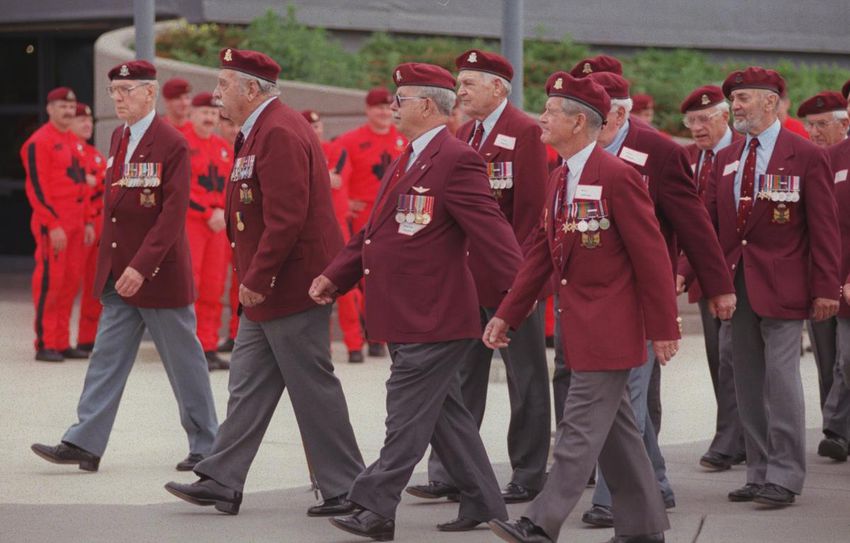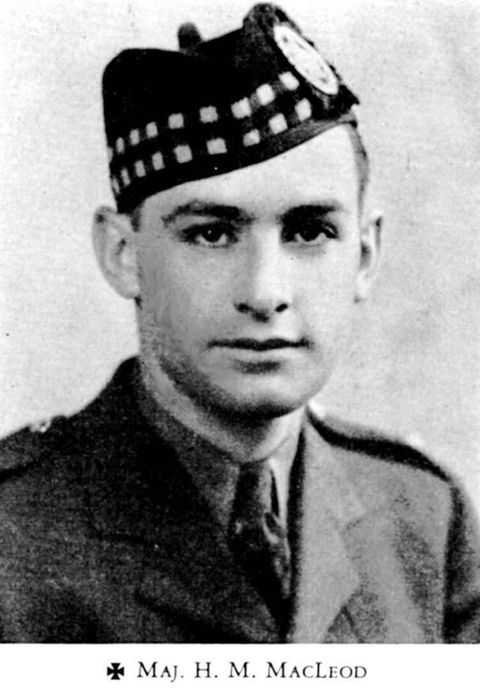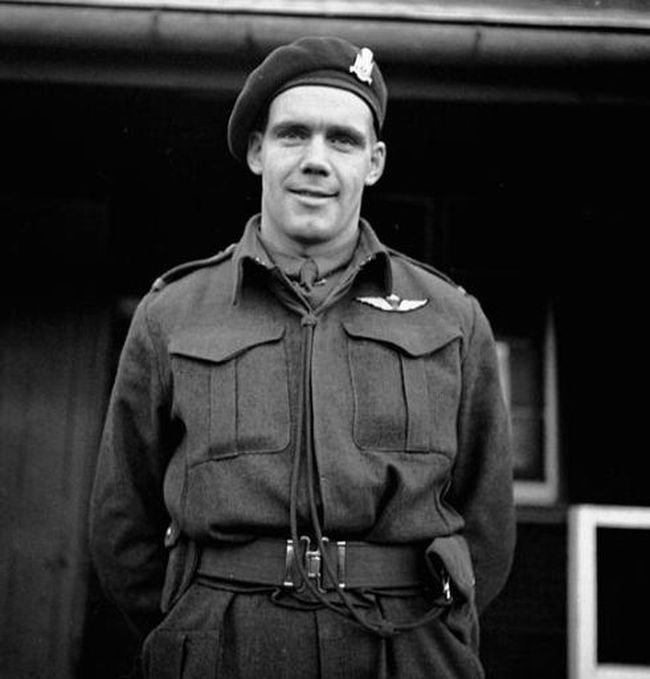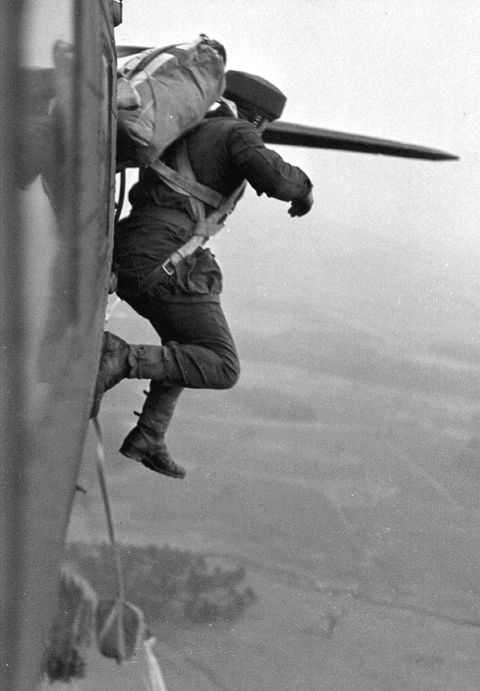James A. Michener, the master storyteller who wrote epic historical novels, once said that he would never write about the Mayflower because everyone knows that it was the first ship that brought the Pilgrims to America. But the next ship, the Fortune arrived a year later, in 1621, it is something else. Who knows that?
With this same sense of discovery, I learned of a Canadian fighting force that made a great contribution in WWII. He was researching for a novel that would take place during the Battle of Normandy. It would begin on D-Day, June 6, 1944, with Canadians storming Juno Beach as the logical beginning. Then I read about the paratroopers.
Thousands of Allied paratroopers, including 541 from the 1st Canadian Paratrooper Battalion, were dumped into Normandy in the first hours before the invasion. In the dangerous night operation, each man had a 30-kilogram supply bag tied to his body.
The first Canadians to set foot in German-occupied France, they descended in the dark. Many of them drowned in swamps flooded by the enemy. Others were shot at the scene or lost for hours before finding their marks. But the job was done, which means the Germans were unable to bring reinforcements to the beaches. That invasion was the beginning of the end for Nazi Germany. What those Canadians did that day and for the next 14 months is a legend.
His first contact with the battle was Varaville, a French town four kilometers from Juno Beach. The battalion’s “C” Company had to clear out the German garrison and destroy a bridge and a radio transmitter. The nine-hour battle that followed saw them lose their commanding officer, Major Murray MacLeod of Nova Scotia, and others. But in the end, a small Canadian force defeated a larger enemy contingent and took more than 80 prisoners. Corp. Dan Hartigan wrote: “Two enemy soldiers for every Canadian paratrooper who fought at Varaville.”
It was Canada’s first victory over the Germans in France, but within 24 hours of the fall, the battalion suffered 116 casualties. The bill would only get worse. They lost 24 officers and 343 men in the months-long Battle of Normandy, when the Allies liberated dozens of French towns and villages.
In January 1945, paratroopers from a reorganized battalion were the only Canadians to fight in the Battle of the Bulge, where the Germans attempted to divide the Allied forces in an attempt to retake Paris. They did not.
Then, in March, there was the largest one-day air operation in history. It had the code name Varsity. American, British and Canadian paratroopers flew over the Rhine and launched into Germany. The mission? Keep a wooded area and allow this gigantic allied force to cross the river and head to Berlin.
A member of the battalion, Toronto Corp. Frederick Topham, received the Victoria Cross, but the Canadians lost 67 men on the Rhine, including their CO. Lieutenant Colonel. Jeff Nicklin. His parachute landed in a tree and the Germans strafed him underneath.
Before the war, Nicklin had been an all-star soccer player with the Winnipeg Blue Bombers. Winner of the Gray Cup, he also scored the final touchdown in a war game between Canadian and US Army teams. The Canadians won 16-6. Today, the Jeff Nicklin Memorial Trophy is for the Most Valuable Player in the CFL Western Conference.
After the Rhine came a six-week march of 500 kilometers to the Baltic Sea, and the Germans surrendered en masse along the way. There were so many prisoners and there weren’t enough places to put them.
Then, on May 2, 1945, the battalion reached Wismar, Poland, where a dramatic meeting took place between the Allied forces fighting on the western front and the Red Army in the east. These men were the only Canadians on that historic date. Six days later, Germany surrendered.
In June, the battalion, which never lost a battle, returned home with parades honoring them in Halifax, Montreal and Toronto. They were the first Canadians to return from Europe.
War brings great sacrifice. Some skydivers who died on D-Day were just teenagers. Maj. MacLeod was 25 years old and the lieutenant colonel. Nicklin, married with a young son, was 30 years old. The paratroopers came to my novel and we must not forget them. Always.
Reference-www.thestar.com



